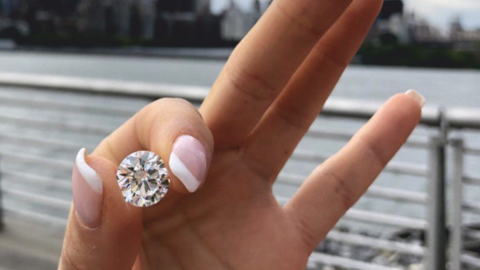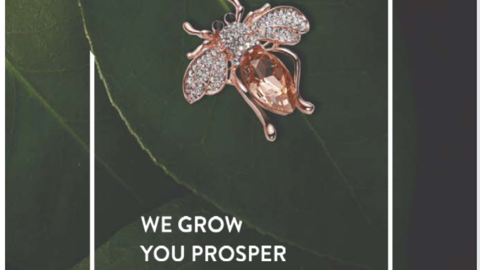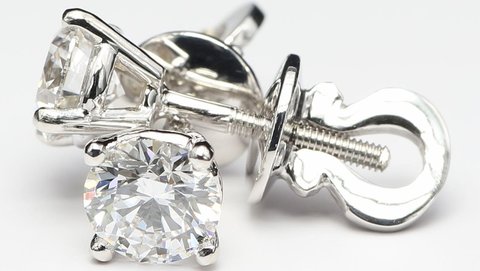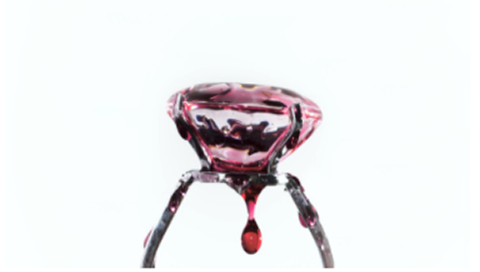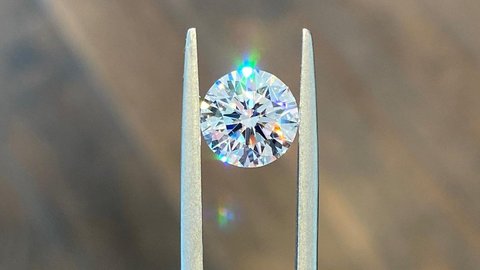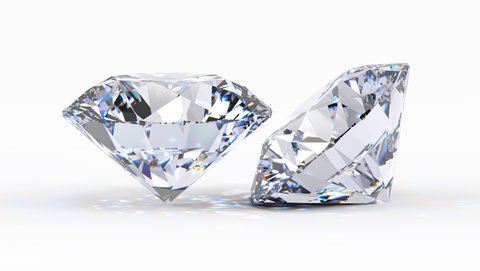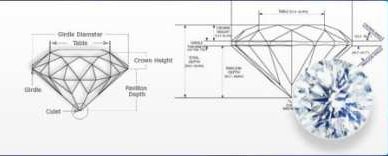Is There A Downside To Lab-grown Diamonds?
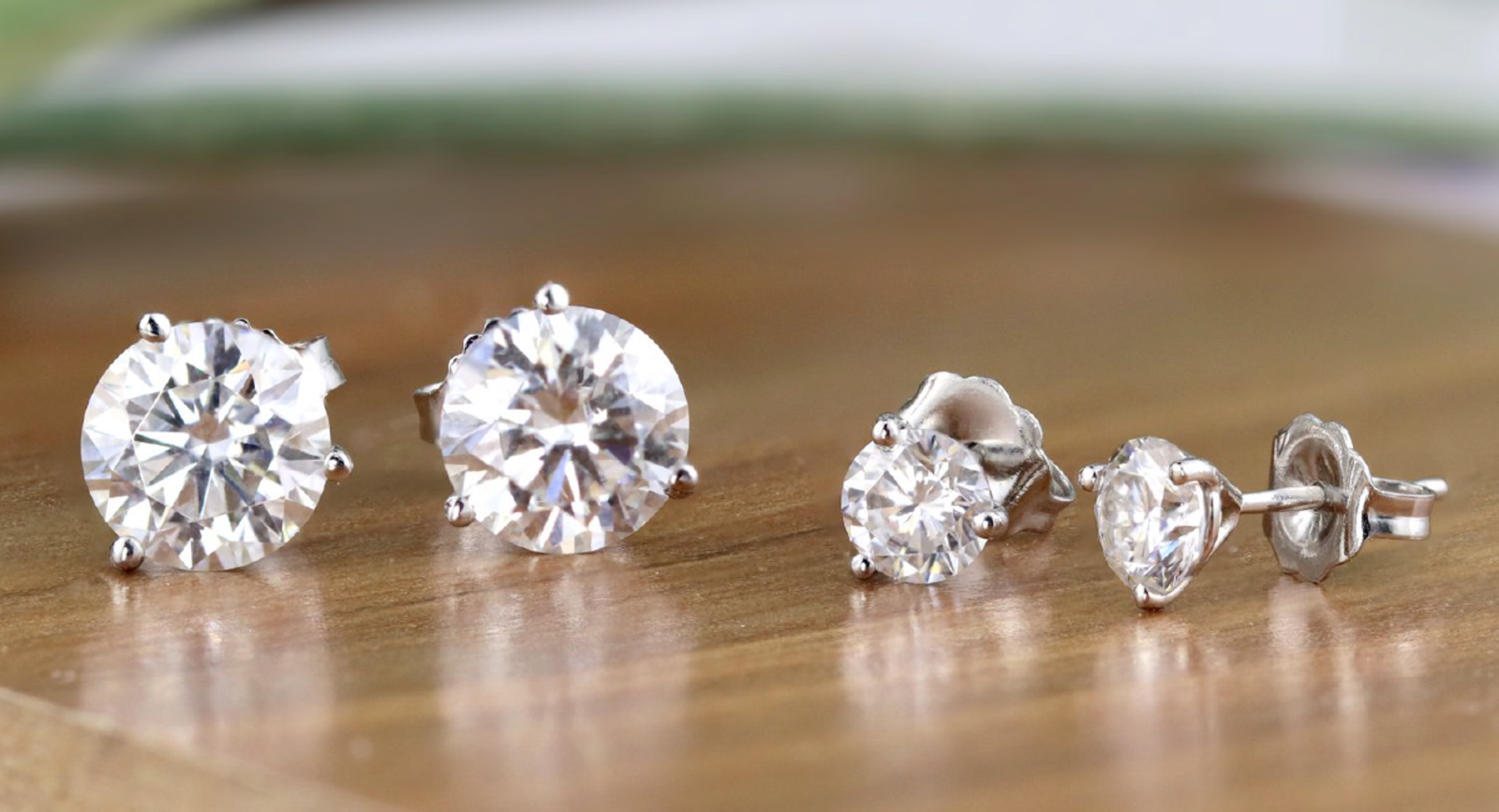
THE PROS & CONS OF LAB-GROWN DIAMONDS
Lab-grown diamonds are getting increasingly popular as a more affordable option to earth-mined diamonds. However, the decision of whether to purchase a lab-made diamond or a natural one can be a tough one to make. In this article, we will explore the pros and cons of lab-grown diamonds to help you make an informed decision.
What is a Lab-Grown Diamond?
Lab-created diamonds are diamonds that are grown in a lab. They have the same physical and chemical properties as natural diamonds and are considered the same gemstone under the Federal Trade Commission (FTC). They are also identical to natural diamonds in every way, including their durability and sparkle.
How are They Made?
Lab-made diamonds are created using seeds from pre-existing diamonds. There are two types of processes used by the labs: High Pressure-High Temperature (HPHT) and Chemical Vapor Deposition (CVD). The first process mimics the natural formation of traditional diamonds, which are formed deep in the earth's crust, under conditions of heat and pressure. In CVD, the diamonds are grown in vacuum chambers filled with carbon-rich gasses. Man-made diamonds take only a matter of weeks to form in labs or factories.
Pros to Buying Lab-Grown
- Affordability: Lab-created diamonds are more affordable than natural diamonds, costing around 50 percent less than natural diamonds of the same size and quality.
- More Options: With the cost savings of lab-grown diamonds, you'll have more choices in the type of diamond you can buy, including more expensive colors like blue and pink.
- Sustainability: Lab-made diamonds are conflict-free and more sustainable since they are not mined from the earth’s crust. It is also safer for the workers to grow them than for the miners to dig for natural diamonds.
Cons to Buying Lab-Grown
- Unlikely to Hold Value: Lab-made diamonds may not hold their value over time, unlike earth-mined diamonds, which will always be expensive. The greater the supply of lab-made diamonds, the less valuable the product.
- Less Meaningful: Natural diamonds can be considered more meaningful as they are rare, and unique after all. Lab-made diamonds may lose their rarity, charm, and specialness, since they are usually produced in units.
How are Lab Grown Diamonds Made?
The two most popular methods used to create Lab Grown Diamonds are Chemical Vapor Deposition (CVD) and High Pressure High Temperature (HPHT).
Chemical Vapor Deposition
In the CVD method, a "seed crystal" - a very small diamond seed - is placed in a small vacuum chamber, which is then filled with hydrocarbon gasses that are heated. As the gasses reach the right temperature, layers of carbon start to form on the seed crystal, causing it to grow and create a square-shaped diamond crystal.
High Pressure High Temperature Diamonds
The HPHT method is meant to replicate the earth's process of forming Natural Diamonds. In this process, graphite is placed in a large machine that crushes it with extreme pressure and temperatures, causing the graphite to turn into a diamond.
If you're on a budget and want to purchase a unique color or larger diamond, a lab-grown diamond may be the right choice for you. However, if you are looking for a long-term investment, it may be better to wait and save for that natural diamond. At Labrilliante's Jewelry, we can help you choose the perfect option, including custom engagement rings, diamond earrings, and diamond bands. Contact us to schedule a personal design consultation.


